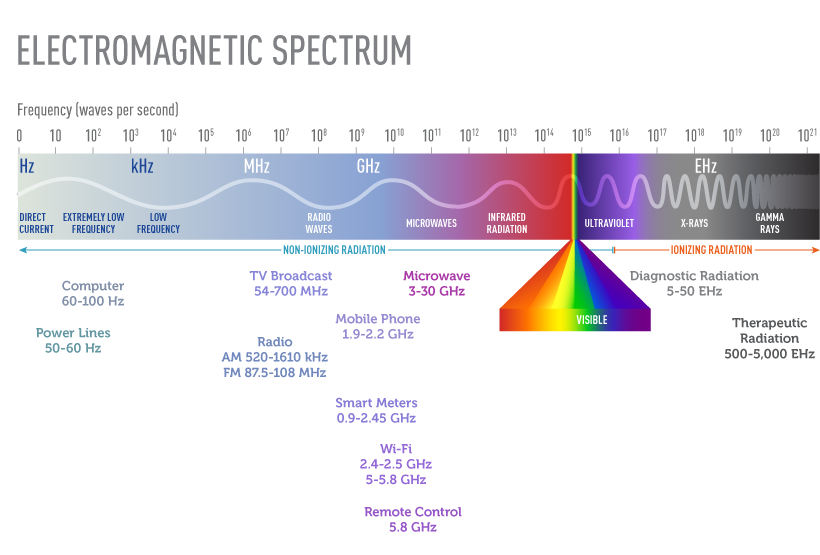What Are X-rays and Gamma Rays?
There are many types of radiation – from the light that comes from the sun to the heat that our bodies constantly give off. But when it comes to cancer risk, people are most often concerned about x-rays and gamma rays.

X-rays and gamma rays can come from natural sources, such as radon gas, radioactive elements in the earth, and cosmic rays that hit the earth from outer space. But this type of radiation can also be man-made. X-rays and gamma rays are created in nuclear power plants, and are also used in smaller amounts for things like medical imaging tests, cancer treatment, and food irradiation.
X-rays and gamma rays are in packets of energy known as photons. Because X-rays and gamma rays have the same properties and health effects, they are grouped together here.
Both x-rays and gamma rays are forms of high-frequency (high-energy) ionizing radiation, which means they have enough energy to remove an electron from (ionize) an atom or molecule. Ionizing radiation can damage the DNA (genes) inside a cell. Sometimes this can lead to cancer later on.
Gamma rays and x-rays aren’t the only kinds of ionizing radiation. Some higher energy ultraviolet (UV) rays are also ionizing. Ionizing radiation can also exist in particle form, such as protons, neutrons, and alpha and beta particles.
Doses of radiation
Radiation exposure dose can be expressed in different ways.
- The absorbed dose is the amount of energy deposited per unit of mass. Most often this is measured in grays (Gy). A milligray (mGy), which is 1/1000th of a Gy, may also be used.
- The equivalent dose is the absorbed dose multiplied by a converting factor based on the medical effects of the type of radiation. It is often expressed in sieverts (Sv) or millisieverts (mSv), which is 1/1000th of a Sv.
For x-rays and gamma rays (and beta particles), the equivalent dose in Sv is the same as the absorbed dose in Gy.
Less common radiation dose units include rads, rems, and roentgens.
- Written by
- References

The American Cancer Society medical and editorial content team
Our team is made up of doctors and oncology certified nurses with deep knowledge of cancer care as well as editors and translators with extensive experience in medical writing.
National Toxicology Program. Ionizing radiation: x-radiation and gamma radiation. Rep Carcinog. 2011;12:237-240.
Last Revised: November 10, 2022
American Cancer Society medical information is copyrighted material. For reprint requests, please see our Content Usage Policy.
American Cancer Society Emails
Sign up to stay up-to-date with news, valuable information, and ways to get involved with the American Cancer Society.



